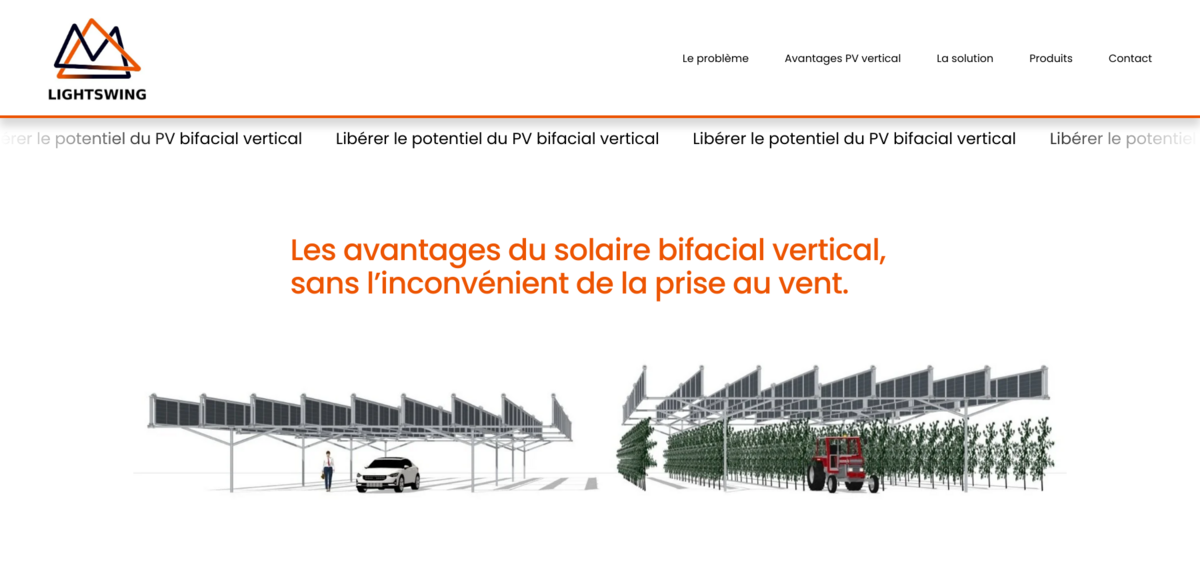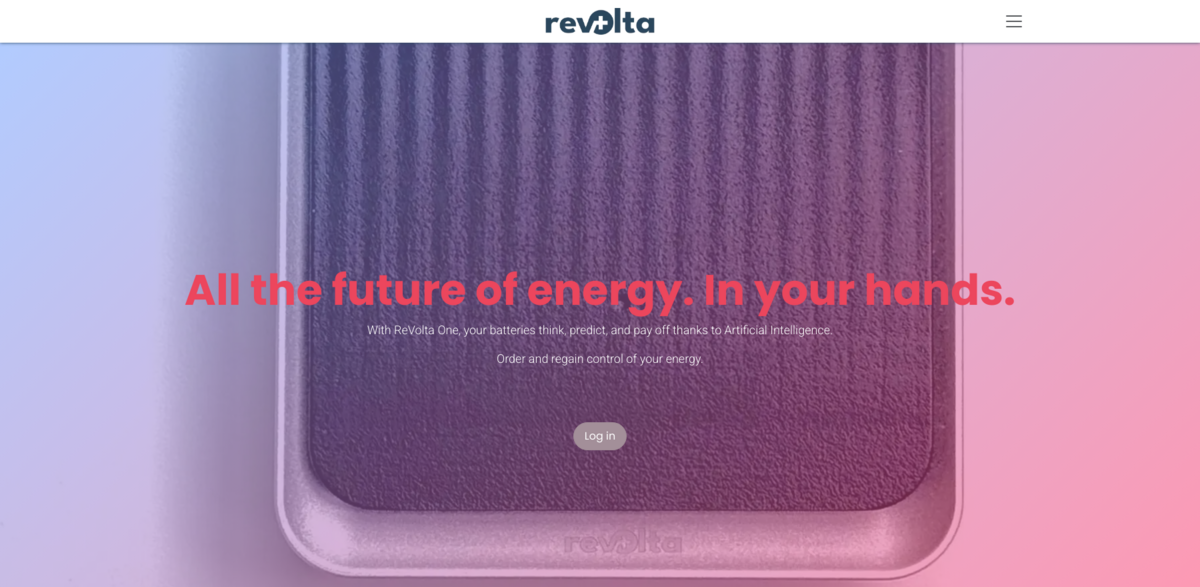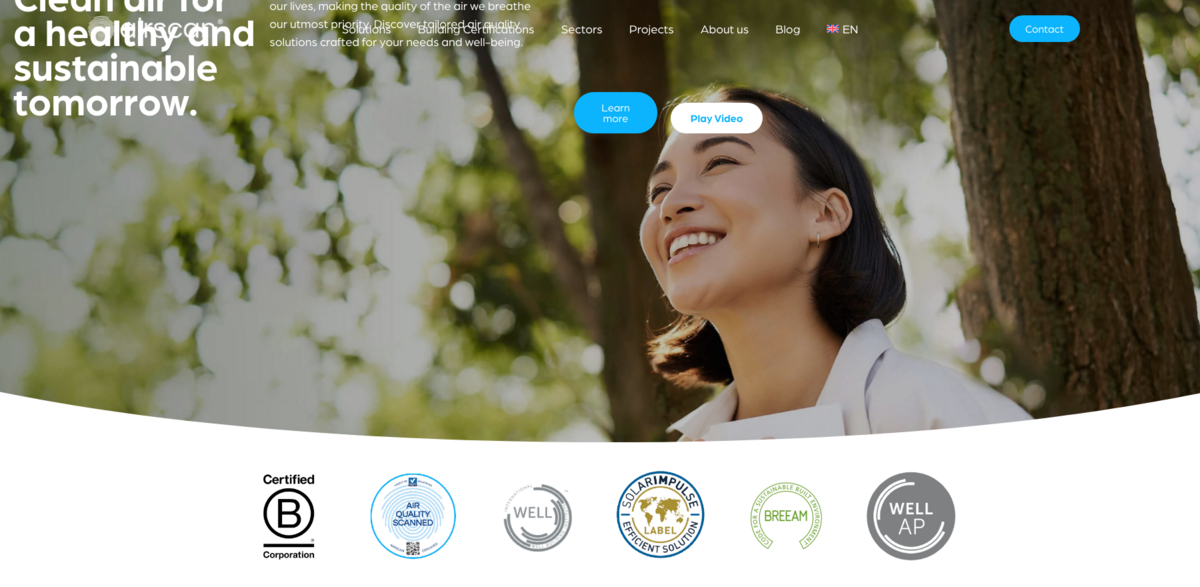What is Lightswing Solar?
Lightswing Solar is shaking up the solar energy scene with its innovative approach to vertical bifacial photovoltaics (PV). At its core, the project tackles some pretty big challenges facing traditional solar power—like midday electricity price crashes and grid saturation caused by the booming photovoltaic market. These issues not only slow down solar development but also push systems to rely more on batteries, which isn’t always the greenest option. Plus, in places with long winters and heavy snowfall, producing solar power affordably and sustainably has been a tough nut to crack. Add to that the shrinking availability of free land for conventional solar panels, and you’ve got a real puzzle. Lightswing Solar’s solution? A clever, swinging vertical mount that reduces wind load dramatically, making vertical bifacial PV panels more practical, especially in high-wind or snowy regions.
Main Benefits of Vertical Bifacial Photovoltaics
Vertical bifacial PV panels bring some serious perks to the table, especially when paired with Lightswing Solar’s swinging mount innovation. Here’s a quick rundown:
- Unique “M” shaped daily production curve in East-West orientation—meaning power peaks before and after those midday price drops or grid overloads.
- Strong winter production when oriented South, or a balanced output with South-East or South-West setups.
- Maximizes self-consumption rates, helping users get the most out of their solar investment.
- Low land footprint, freeing up space for other uses like agriculture or storage.
- Panels stay cleaner naturally—no need for constant washing.
- Snow doesn’t block the panels, so winter power keeps flowing.
- Additional subsidies available, like Switzerland’s 200 CHF/kWc angle bonus.
- No water management headaches, unlike some PV canopy systems.
- Panels are safer from hail damage thanks to their vertical setup.
How Lightswing Solar’s Innovation Works
The magic lies in a passive, controlled swinging mechanism for the panels that kicks in during storms. This clever design slashes wind load by a factor of five compared to fixed vertical panels. Since 2021, this innovation has been in development, aiming to unlock new applications that were previously too costly or complex—think vertical bifacial panels installed at altitude or in windy areas. The swinging system is low-tech but smart, relying solely on mechanical intelligence—no motors, no electronics, and minimal maintenance. This means less grey energy used in manufacturing and lower costs thanks to reduced steel and anchor requirements.
Product Details and Installation
Lightswing Solar offers a support system designed for four standard panels (each about 1762x1134x30mm, roughly 450Wc per panel, totaling 1.8kWc per support). This swinging support comes equipped with a damping system to handle dynamic wind loads up to 1.1 kN/m², making it suitable for many regions, even those at high altitudes. The supports can be installed close to the ground, which is a big plus in snowy areas or where space is needed underneath for agriculture, livestock, or storage. Compared to fixed panels, these supports require fewer and shallower anchors and less steel—making them both more economical and eco-friendly.
The Vision Behind Lightswing Solar
Lightswing Solar aims to empower customers to produce solar energy at the best times—early morning, late afternoon, and during winter months—while also enabling installations in the best locations, like high altitudes or places where solar panels can coexist with other land uses. The goal is to offer a competitive price point without sacrificing performance or sustainability. By opening up new possibilities for vertical bifacial PV deployment, Lightswing Solar hopes to accelerate the energy transition and make solar power more accessible and efficient.
Project Impact on Sustainable Development Goals (SDGs)
- SDG 7: Affordable and Clean Energy – Promotes sustainable energy production with innovative solar technology.
- SDG 9: Industry, Innovation, and Infrastructure – Introduces a novel mechanical system reducing material use and costs.
- SDG 11: Sustainable Cities and Communities – Enables solar installations in urban and limited-space environments.
- SDG 13: Climate Action – Supports reduction of greenhouse gas emissions by enhancing solar power viability.
- SDG 15: Life on Land – Encourages land use synergy, preserving natural habitats by reducing land footprint.
Contact and Further Information
Interested in learning more about Lightswing Solar’s groundbreaking vertical bifacial photovoltaic mounts? The company is based in Geneva, Switzerland, and can be reached via email at info@lightswingsolar.ch. Their mission is clear: to contribute to the energy transition by offering solutions that combine the benefits of vertical bifacial PV with a smart, low-maintenance design that overcomes traditional challenges like wind load. This innovation not only cuts costs and energy use but also opens doors to solar projects in places that were once off-limits. For anyone curious about pushing solar technology further, Lightswing Solar is definitely worth a closer look.





















